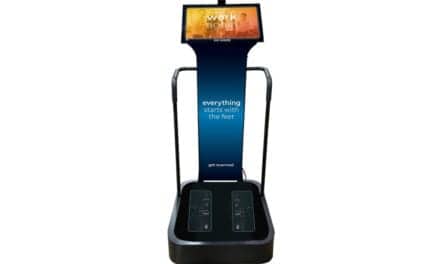New WHO Guidelines on the management of chronic pain in children provide recommended physical, psychological and pharmacological interventions for pain relief in children aged 0-19 years. The guidelines signal a decisive break from a one-dimensional approach that leaned heavily on pharmacological interventions.
The guideline supports Member States and their partners to develop and implement national and local policies, regulations, pain management protocols and best practices for pain relief.
Not Just a Biomedical Problem
The concept of pain as more than a biomedical issue rests at the core of the new guidelines. Based on the most current scientific evidence, the recommendations include three areas of inventions: physical therapy, psychological therapy, and pharmacological management, which may include the use of morphine for end-of-life-care or when chronic pain is associated with life-limiting conditions.
WHO defines the terms “end-of-life-care” as palliative care for people in the final weeks or months of life to die with dignity) and “life-limiting conditions” as illnesses for which there is no cure and an early death is expected, but with which a person may continue to live for several more years.
The guideline highlights the importance of opioid stewardship to address worldwide concerns about harms arising from misuse of these medicines. Opioid stewardship refers to a series of strategies and interventions involving the appropriate procurement, storage, prescribing and use of opioids, as well as the disposal of unused opioids when opioids are appropriately prescribed for the treatment and management of specific medical conditions.
Pain is multidimensional
The guideline includes 10 best practice statements which apply to all aspects of the clinical care of a child with chronic pain, including the planning, implementation and delivery of physical, psychological and pharmacological interventions. For example, children with chronic pain and their families and caregivers must be cared for from a biopsychosocial perspective, recognizing pain as a complex multidimensional experience resulting from biological, psychological and social factors instead of only treating pain as simply a biomedical problem.
This guideline replaces the discontinued “WHO guidelines on the pharmacological treatment of persisting pain in children with medical illnesses” (2012).
[Source(s): The World Health Organization, News-Medical Life Sciences]
Related Content:
Chronic Pain in Kids Needs to Be Studied More, Researchers Urge
Rich Kids Suffer Less from This Type of Arthritis
Don’t Feed Opioids to the Kids





